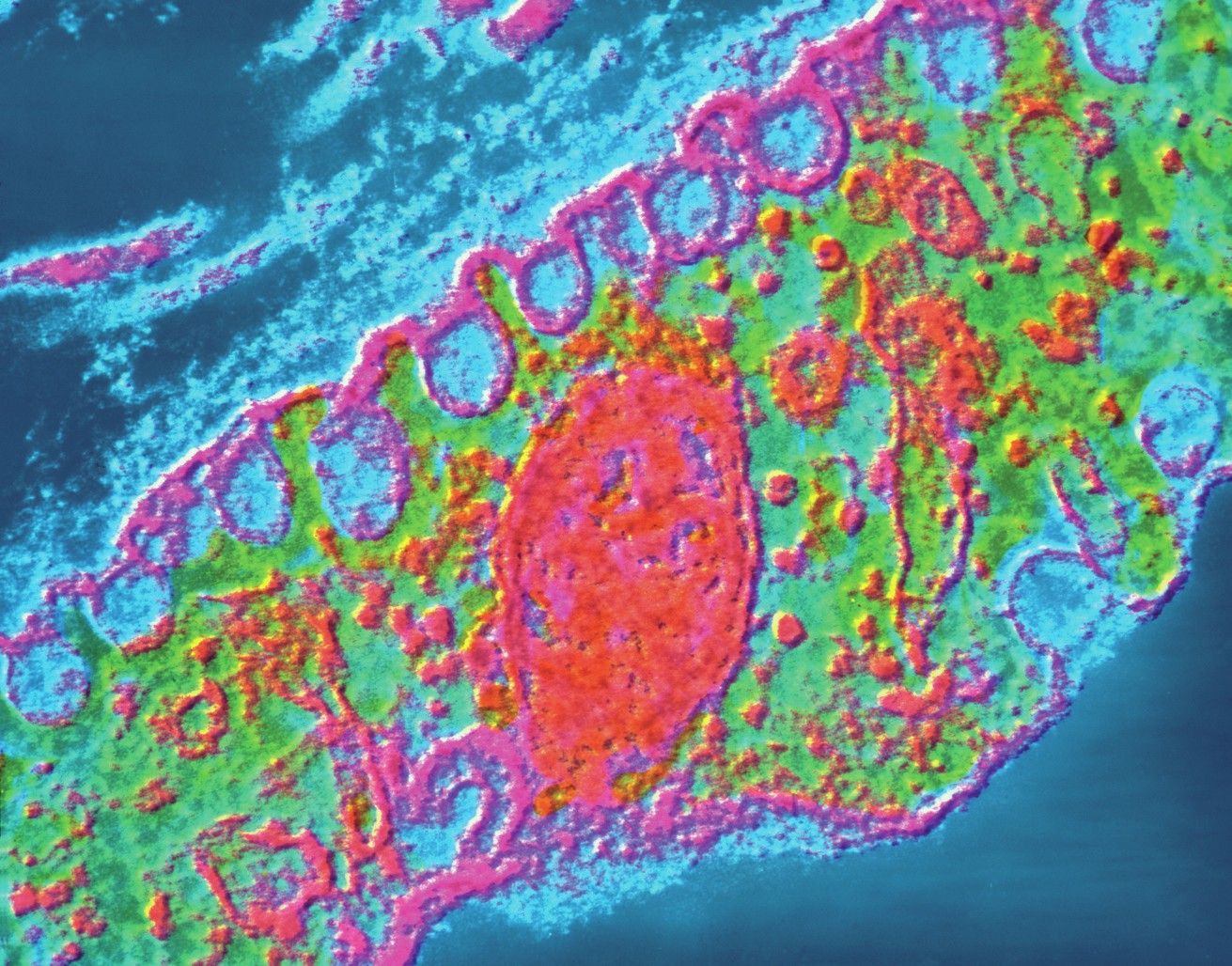
All our cells exist as part of a cell community. They interact with their environment and communicate constantly with each other. Cells exchange small molecules, such as inorganic ions or sugar, with their environment. They also exchange macromolecules — particularly proteins and even particles several micrometres in size. For cells to develop and function properly or to respond to changes in their environment, they may receive information from cells in another part of the body. This information may be in the form of hormones. Hormones are large molecules such as insulin, which is released from the pancreas when the blood glucose concentration rises after a meal. Hormones instruct one or more cell types to alter their metabolism. At the same time, the hormone is removed from circulation and destroyed following uptake into the cell that is responding to its instruction.
The process by which cells take in large molecules and particles is called endocytosis. It takes a variety of forms, depending on what exactly is being taken into the cell and what the cell does with it. Examples of substances taken in by endocytosis include:
Your organisation does not have access to this article.
Sign up today to give your students the edge they need to achieve their best grades with subject expertise
Subscribe




